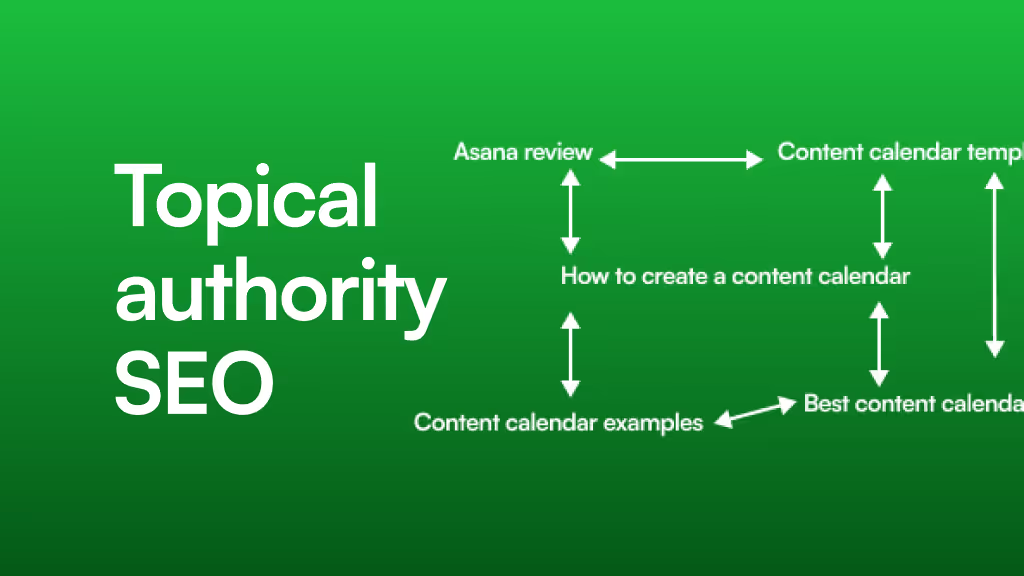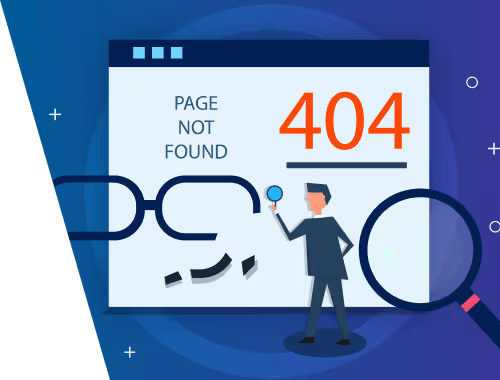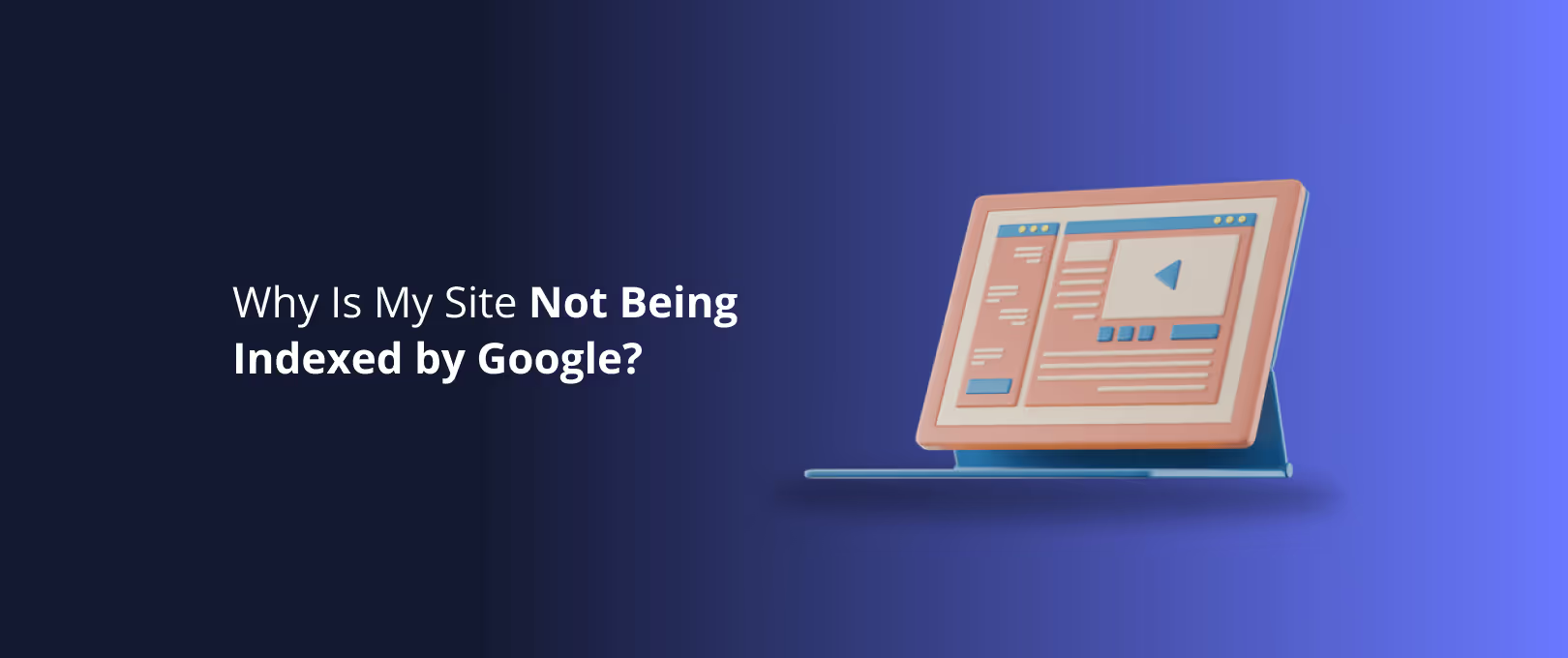The Science of User-Centered Design: Building Websites Users Love (and Convert On)
In today's dynamic digital landscape, a website that merely exists isn't enough. To truly succeed, your online presence must resonate deeply with its users, driving engagement, conversions, and loyalty. At WSC, we champion User-Centered Design (UCD) as the foundational science behind crafting digital experiences that aren't just functional, but genuinely captivating and highly effective.
UCD isn't a mere trend; it's a rigorous, data-driven methodology that places your audience at the heart of every design decision. This approach ensures your website is intuitively usable, deeply satisfying, and purpose-built to achieve your business objectives. By meticulously understanding user needs, behaviors, and pain points, we transform complex challenges into seamless, enjoyable digital journeys.
What is User-Centered Design (UCD) & Why Does it Matter for Your Business?
User-Centered Design is an iterative framework that anchors the entire website development process around your target users. Unlike traditional models that might prioritize aesthetics or internal processes, UCD seeks a powerful equilibrium between profound user satisfaction and critical business/functional goals. It's about building empathy into every click, every scroll, and every interaction.
key Characteristics that Define Our UCD Approach at WSC:
- Iterative & Agile: We design, test, refine, and repeat, embracing continuous improvement. This agile approach is critical for our rapid Webflow development and Hyperspeed deployments.
- Empathy-Driven: Our teams delve deep into understanding user needs, motivations, and pain points, informing every design choice.
- Research-Based: Every decision is supported by data and user feedback, ensuring designs are not just creative, but also strategically sound.
The Science Behind Websites That Convert: Our UCD Principles in Action
At WSC, our UCD methodology isn't just a philosophy; it's a practice deeply rooted in scientific principles from cognitive psychology, human-computer interaction (HCI), and usability engineering. These aren't abstract theories; they're the bedrock of every high-performing website we build.
1. Cognitive Load Theory: Streamlining the User Journey
Humans have limited working memory. An overloaded website leads to frustration and abandonment. Our Webflow development prioritizes clear, concise information delivery.
- WSC Application: We meticulously structure content into digestible blocks, design intuitive navigation, and eliminate unnecessary visual clutter, ensuring your users find what they need effortlessly and complete desired actions without cognitive strain.
2. Gestalt Principles: Crafting Visual Harmony & Intuitive Navigation
These principles explain how the human brain perceives and organizes visual information. They are paramount to creating an intuitive and aesthetically pleasing interface.
- WSC Application: Our designers apply these principles to create visually harmonious layouts, guiding user attention naturally and helping them intuitively understand relationships between elements, leading to higher engagement and lower bounce rates.
3. Color Psychology: Influencing Emotion & Action
Colors are powerful psychological tools that evoke emotions and influence behavior.
- WSC Application: We strategically select color palettes that align with your brand, enhance readability, and subtly guide user attention towards key calls-to-action, optimizing for conversions while building trust.
Key Elements of Our User-Centered Design Process at WSC
Our commitment to UCD is evident in every phase of our web development, from initial concept to launch and beyond. This meticulous process is how we ensure your website is a powerful asset.
1. Rigorous User Research: The Foundation of Success
Every successful website begins with a profound understanding of its audience. Our comprehensive user research uncovers their goals, preferences, and challenges.
- Our Methods: We utilize a blend of surveys and questionnaires for quantitative insights, in-depth user interviews to explore behaviors, persona development to create empathetic user profiles, and user journey mapping to visualize every interaction point with your digital platform.
2. Intelligent Information Architecture (IA): Building Intuitive Structures
A well-organized website is the backbone of a positive user experience. Our expertise in IA ensures users can find what they need quickly and efficiently, reducing frustration and boosting satisfaction.
- Our Techniques: We employ card sorting to understand user mental models, design robust navigation structures that are both clear and scalable, and implement consistent, descriptive labeling systems across your entire site.
3. Seamless Interaction Design: Elevating Engagement
Intuitive and enjoyable interactions are crucial for a website that users love. We focus on creating smooth, predictable, and engaging user flows.
- Our Best Practices: We leverage familiar UI patterns to minimize the learning curve, ensure consistent behaviors across your entire site, and provide clear, immediate feedback for every user action, building trust and confidence.
4. Strategic Visual Design: Where Aesthetics Meet Functionality
A website’s visual appeal significantly impacts its usability, trustworthiness, and overall user perception. Our visual design is always purposeful, enhancing both form and function.
- Our Approach: We craft color schemes that align perfectly with your brand identity while enhancing readability, choose typography that is both beautiful and highly legible across all devices, and implement layouts that strategically guide user attention towards key actions, maximizing your conversion opportunities.
5. Thorough Usability Testing: Continuous Refinement for Peak Performance
Even the most meticulously designed websites benefit from real-world testing. We conduct rigorous usability testing to identify design flaws and uncover opportunities for improvement, ensuring your investment yields optimal results.
- How We Test: We employ moderated tests to observe user behavior firsthand, utilize heatmaps and session recordings to analyze interaction patterns, and conduct comprehensive feedback analysis to gather and implement user impressions, ensuring your site is continuously optimized for peak performance.
Our UCD-Driven Web Development Process: From Concept to Conversion
At WSC, our Webflow development process is seamlessly integrated with UCD principles, ensuring that every website we deliver is not just visually stunning, but also exceptionally effective, tailored precisely to your user and business needs.
1. Define Your Users: The Empathy-First Approach
We start by creating detailed user personas based on extensive research, ensuring our designs truly meet the real-world needs of your audience.
2. Set Clear Goals: Aligning User Needs with Business Objectives
We identify precise user goals and align them with your business objectives, whether it's boosting sales, increasing sign-ups, or enhancing brand engagement.
3. Design and Prototype: Visualizing Success Early
Utilizing wireframes and interactive prototypes, we visualize your website’s structure and interactions, allowing for early feedback and refinement before full development begins.
4. Test Early and Often: Iterative Perfection
We conduct rigorous usability tests at every stage, starting with low-fidelity prototypes, to catch issues proactively and ensure a smooth user experience upon launch. This is a cornerstone of our Hyperspeed delivery model, ensuring quality at speed.
5. Iterate Based on Feedback: Responsive Refinement
User feedback is invaluable. We integrate insights gathered from testing to refine and improve the design, ensuring continuous optimization.
6. Develop with Flexibility: Responsive & Scalable Solutions
Our Webflow expertise ensures a responsive design that provides a flawless experience across all devices, complemented by scalable, flexible layouts that can grow with your business.
7. Launch and Monitor: Sustained Performance
Post-launch, we continuously monitor user behavior and gather ongoing feedback, allowing for iterative improvements that keep your website performing optimally.
The Tangible Benefits of Partnering with a UCD-Focused Webflow Agency
Adopting a User-Centered Design approach with WSC translates directly into significant business advantages, proving that investing in your users pays dividends.
- Increased User Satisfaction: Your audience will find your site intuitive, enjoyable, and easy to navigate, fostering loyalty and repeat visits.
- Higher Conversion Rates: An improved user experience directly correlates with better ROI, from increased sales and leads to more successful sign-ups.
- Reduced Development Costs: Identifying and addressing potential issues early in the UCD process saves time and money, a benefit amplified by our efficient Webflow development.
- Improved Accessibility: Our UCD approach inherently considers all users, including those with disabilities, expanding your reach and market share.
- Enhanced Brand Reputation: Positive user experiences build trust and loyalty, positioning your brand as reliable, modern, and genuinely user-focused.
Ready to Build a Website That Users Truly Love?
User-Centered Design is more than just a design trend—it's the strategic imperative for digital success. By leveraging scientifically-backed principles and maintaining an unwavering user-first mindset, WSC crafts websites that not only meet your business goals but genuinely delight your audience, transforming them into loyal advocates.
Don't just build a website; build an experience. Partner with WSC to transform your digital presence into a high-converting, user-loved platform. Explore our specialized Webflow Development Services or learn more about our WSC Hyperspeed rapid deployment service, all built on the bedrock of User-Centered Design. Your users are waiting.

.avif)


